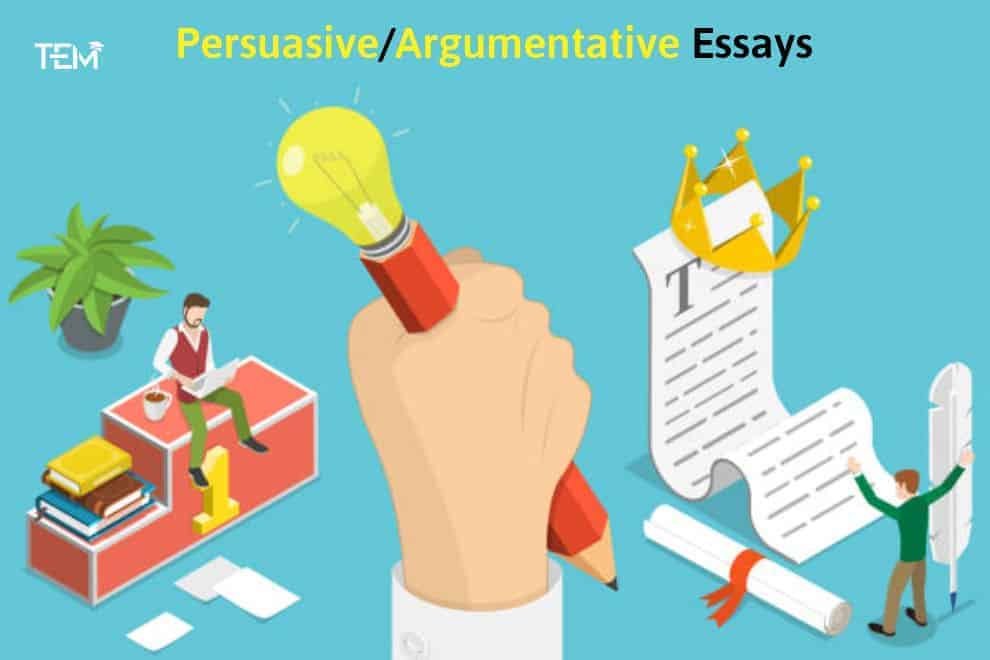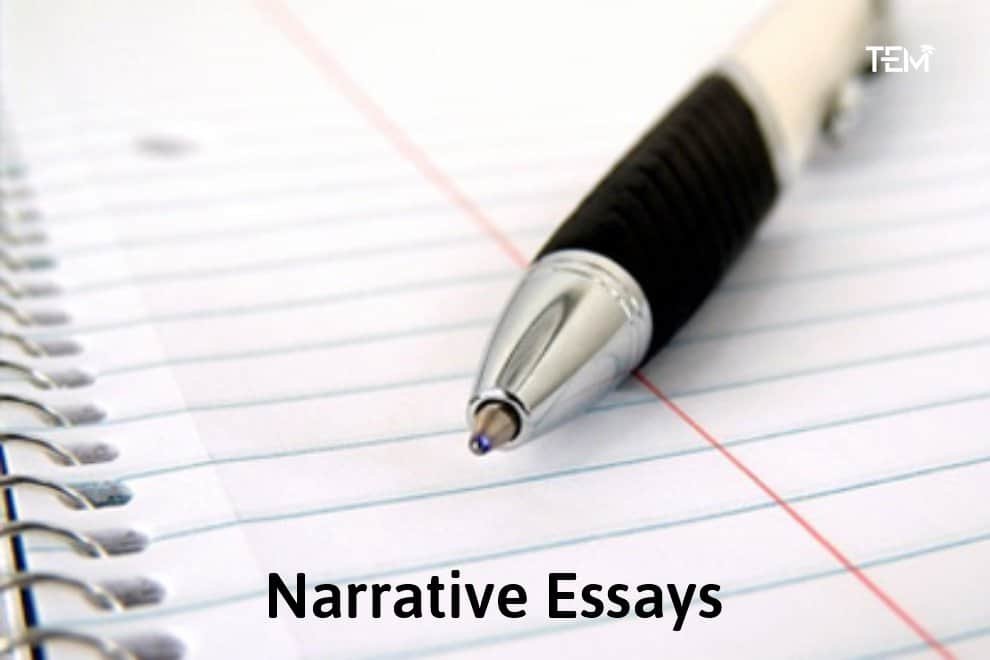Essay Writing Methods and Models
Essay writing is one of the most ubiquitous types of academic work. It does not matter what discipline you study and at what academic level you currently are – chances are, you are going to write more than a couple of essays throughout your academic career. This means that it is only natural to pay special attention to acquiring skills and perfecting abilities related to this kind of work. Our article will help you with exactly this – after reading it, you will know all you need about the basic essay writing methods and the most typical essay models used in academic writing.
Four Essay Models You Have to Know About

An essay is not as homogenous a writing type as you may have been led to believe. Quite often, teachers and professors simply charge their students with writing an essay, without going into details about what kind of essay they want. The thing is, this name can be applied to various types of papers with a significant difference from each other. Different authorities offer different classifications of common essay models, but most commonly, writers distinguish between persuasive or argumentative, expository, descriptive, and narrative essays. If you know the difference between them, you will be able to both recognize them when you encounter them and write your own paper properly without mixing up the qualities of different types of writing.
Persuasive/Argumentative Essays

It is the type of essays that is probably best known to students irrespectively of their age, academic level, and the discipline they study. In a persuasive essay, you explore a topic and not only inform the reader about it, but also choose a particular stance to support. Usually, these essays deal with controversial issues that have highly polarizing opinions on them. For example, you may write about the relationship between a business and a community and ask yourself whether companies should go out of their way to be socially responsible or they should consider offering the best products or services to their customer to be their primary goal. Both views have strong arguments in their favor, and your purpose as an author of a persuasive essay is to choose a point of view and persuade the reader to share it or, in some cases, even take some action about it. For example, you can suggest that the reader should not buy anything from a company that does not implement green energy solutions, or vice versa, to boycott a company that justifies their subpar service by some kind of pretentious publicity stunt aimed at demonstrating their social awareness.
Expository Essays
At a glance, expository essays seem similar to persuasive ones, and indeed, persuasive writing may have some elements of exposition to it (after all, you have to explain a topic before you start taking stances on it). However, this similarity is superficial. In an expository essay, you also explore a topic, but you do not take any stance or support any points of view. You simply explain the topic in its entirety or some of its aspects to the audience. In other words, while the purpose of a persuasive essay is to convince the reader that you are right, the purpose of an expository essay is to help the reader understand something he/she presumably does not know right now. For example, if you write about how a certain type of mechanism works, you do not have to express your opinions on whether it is efficient or not or whether it should be used or not – you simply explain the principles of its operation to the reader.
Descriptive Essays

Again, descriptive texts bear some resemblance to expository ones. However, the emphasis here is not on explanation but, obviously, on the description. You have to describe an object, a person, a concept, or an experience in a way that builds a vivid image in the reader’s mind. The rule of the thumb is this: a reader who does not know anything about the essay’s subject should have a clear idea of it once he/she finishes reading it.
Just like with expository writing, make sure you keep your opinions to yourself. For example, if you write about website design and various prominent trends in it, do not show your personal preferences and prove that a minimalistic site always looks more reputable and imparts a greater feeling of trust to the visitor. You simply have to describe the trends and show what makes each of them distinctive.
Narrative Essays

Of all essay models, narrative essays are the most unusual in the sense that they have little in common with other types of writing. In a narrative essay, you tell a story – it does not matter whether it is fictional or nonfictional, the important thing is that you describe a sequence of events. First, you introduce the topic – in this type of writing, it means that you set the stage for the story you are about to tell – and then you proceed to tell this story, leading the reader through the events that follow each other and explaining why and how they happened when necessary. This kind of writing allows for the most freedom – for example, you do not have to follow a custom of telling your story from the beginning to the end. If you feel it to be appropriate and if it works, you can try your hand at nonlinear narrative or tell your story back to front (if, for example, you want to emphasize how unusual the connection between the beginning of the story and its outcome is).
If you know the four main models of essay writing, you greatly increase your chances of successfully completing any academic writing task you receive. However, it is not always enough – some people are just not good at certain types of writing. In such a situation, you always have an option of hiring a reliable US-based essay writing company to help you out. At the very least, it will help you deal with your immediate problem; at most, you will learn how to write the essay type that causes you problems from its examples.
Also Read: The Top 10 World’s Toughest exams to crack










